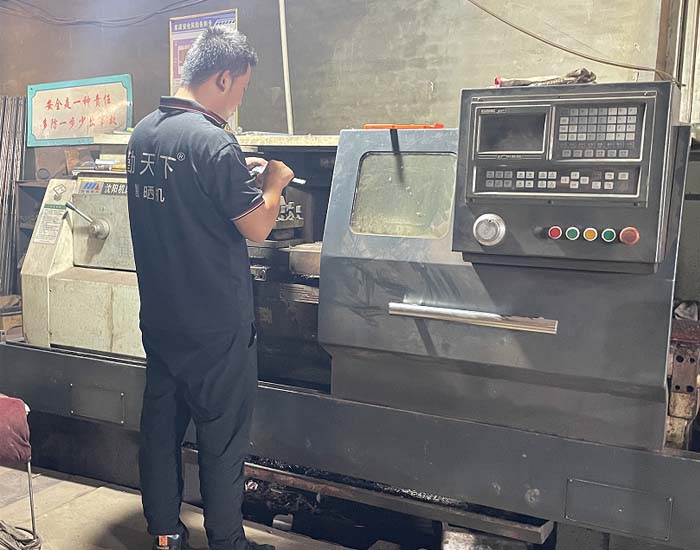Innovative Agricultural Machinery for Efficient Wheat Harvesting and Binding Operations in Modern Farming
The Wheat Reaper Binder Revolutionizing Agriculture
The advent of agricultural machinery has been a cornerstone in the evolution of farming practices, significantly impacting yield efficiency and labor productivity. Among these innovations, the wheat reaper binder stands out as a pivotal invention that transformed the harvesting of wheat and other cereal crops. This machine, which combines the functions of a reaper and a binder, has played an essential role in shaping modern agriculture.
The wheat reaper binder emerged in the late 19th century when farmers were still relying on manual labor for harvesting crops. Traditionally, the process involved cutting wheat stalks with sickles, followed by binding them into sheaves for storage and transportation. This method was labor-intensive and time-consuming, especially for large fields of crops. As the demand for wheat and other grains grew, so did the urgency for more efficient harvesting methods.
The introduction of the reaper, invented by Cyrus McCormick in 1831, set the stage for further advancements in agricultural machinery. The reaper allowed for the mechanized cutting of crops, but it did not address the need for binding the harvested stalks. The invention of the wheat binder by inventor William Deering in the 1880s marked a significant leap forward. The wheat reaper binder combined both the cutting and binding processes into one cohesive function, drastically reducing the time and labor required for harvesting.
The wheat reaper binder operates by first cutting the wheat at the base and then using a series of mechanisms to gather the cut stalks and bind them into neat sheaves using twine. This not only streamlined the harvesting process but also improved the quality of the harvested product. Neatly bound sheaves are easier to transport and store, minimizing the risk of spoilage and loss.
wheat reaper binder

The impact of the wheat reaper binder on agricultural productivity cannot be overstated. Farmers were able to significantly increase the scale of their operations, turning vast expanses of land into productive fields. This increase in efficiency helped meet the growing food demands of the population during the Industrial Revolution and beyond. Moreover, the reduction in manual labor allowed farmers to redirect their workforce towards other agricultural tasks, contributing to overall farm productivity.
Economically, the wheat reaper binder contributed to the rise of commercial farming. Farmers could harvest crops faster and more efficiently, leading to greater yields and profits. This transformed rural economies, fostering growth in agricultural sectors and enhancing food security in many regions.
In addition to its economic benefits, the wheat reaper binder also had a social impact. As farming became more mechanized, it changed the social fabric of rural communities. Fewer laborers were needed for harvesting, prompting many workers to seek employment in urban areas, thus contributing to urbanization. However, this shift also raised challenges, as some rural areas faced labor shortages.
Today, the legacy of the wheat reaper binder continues, as modern machinery has evolved to include advanced technologies such as GPS and automation. Farmers now use combine harvesters that integrate several functions, including cutting, threshing, and separating grain from the chaff, all in one machine. Despite these advancements, the foundational work of the wheat reaper binder remains evident in today’s agricultural practices.
In conclusion, the wheat reaper binder was a groundbreaking invention that revolutionized the harvesting process of wheat and other grains. It significantly enhanced productivity, altered economic structures, and reshaped rural societies. As we continue to innovate within the agricultural sector, the principles of efficiency and productivity established by the wheat reaper binder remain a guiding force in our quest for sustainable farming practices.
Latest news
-
When to Upgrade Your Old Forage HarvesterNewsJun.05,2025
-
One Forage Harvester for All Your NeedsNewsJun.05,2025
-
Mastering the Grass Reaper MachineNewsJun.05,2025
-
How Small Farms Make Full Use of Wheat ReaperNewsJun.05,2025
-
Harvesting Wheat the Easy Way: Use a Mini Tractor ReaperNewsJun.05,2025
-
Growing Demand for the Mini Tractor Reaper in AsiaNewsJun.05,2025







